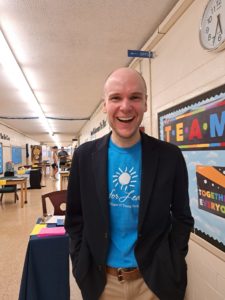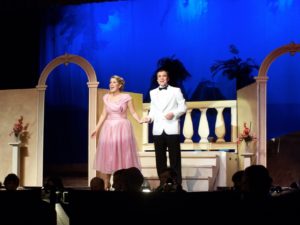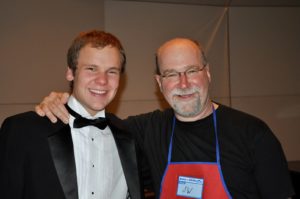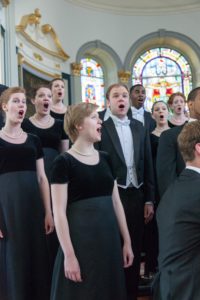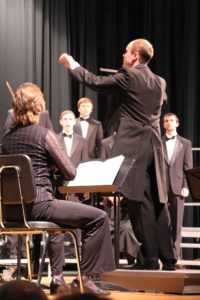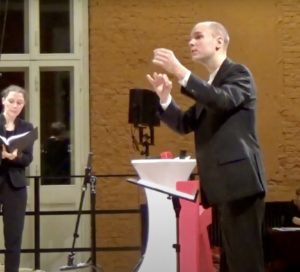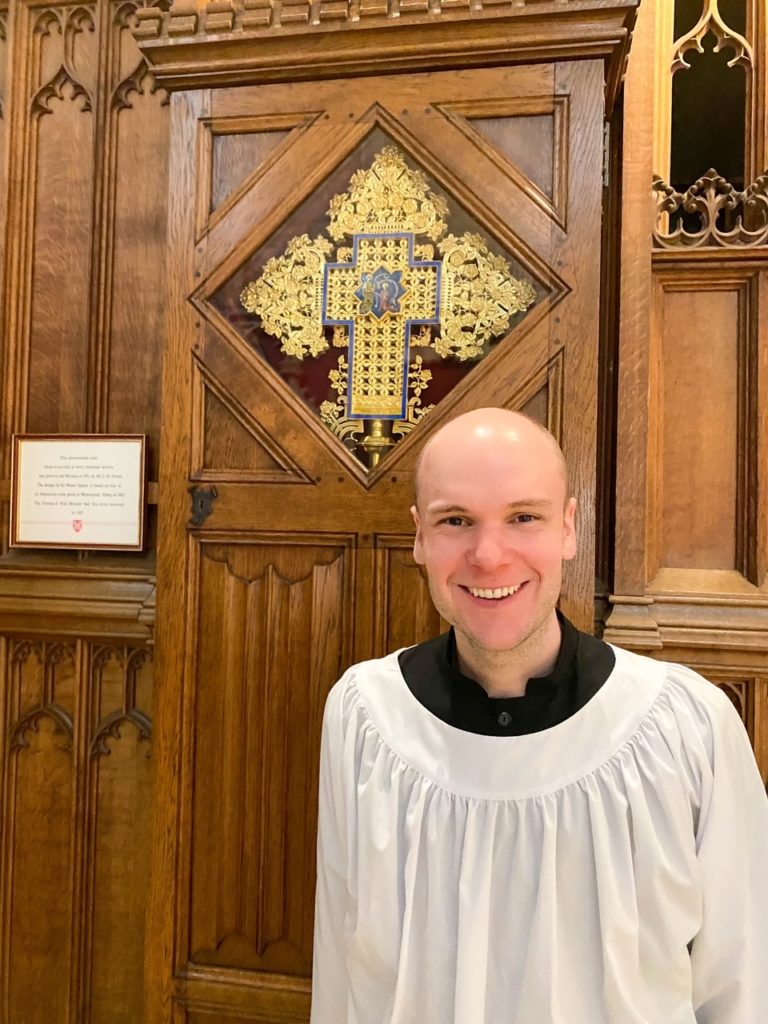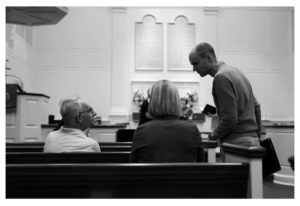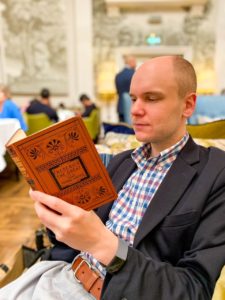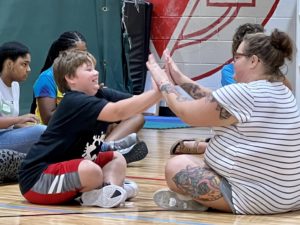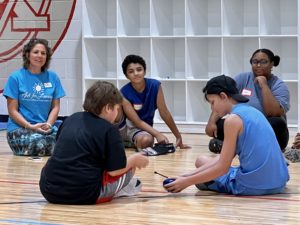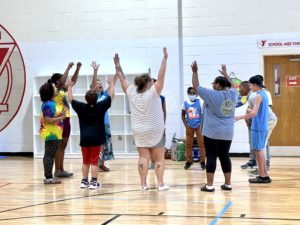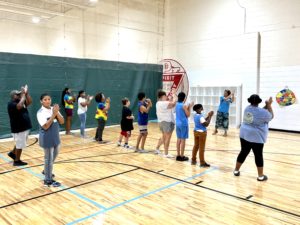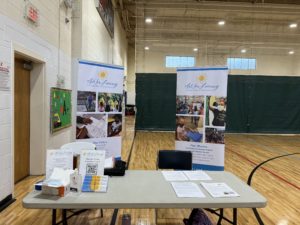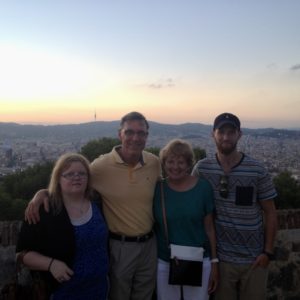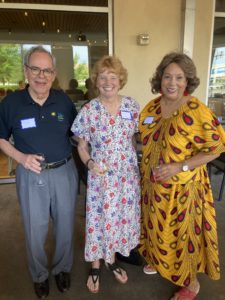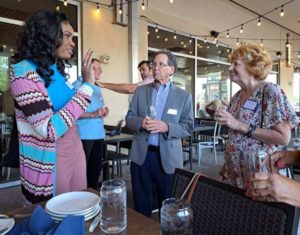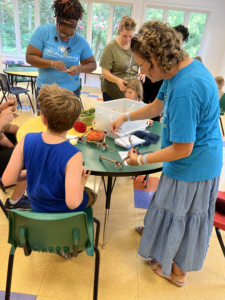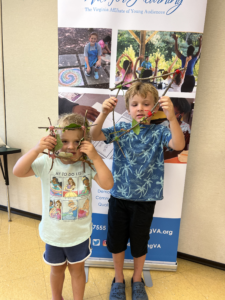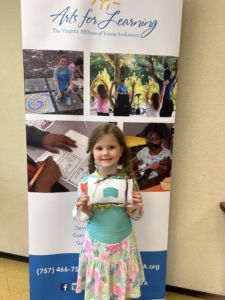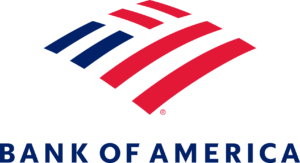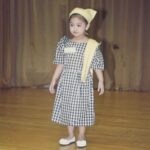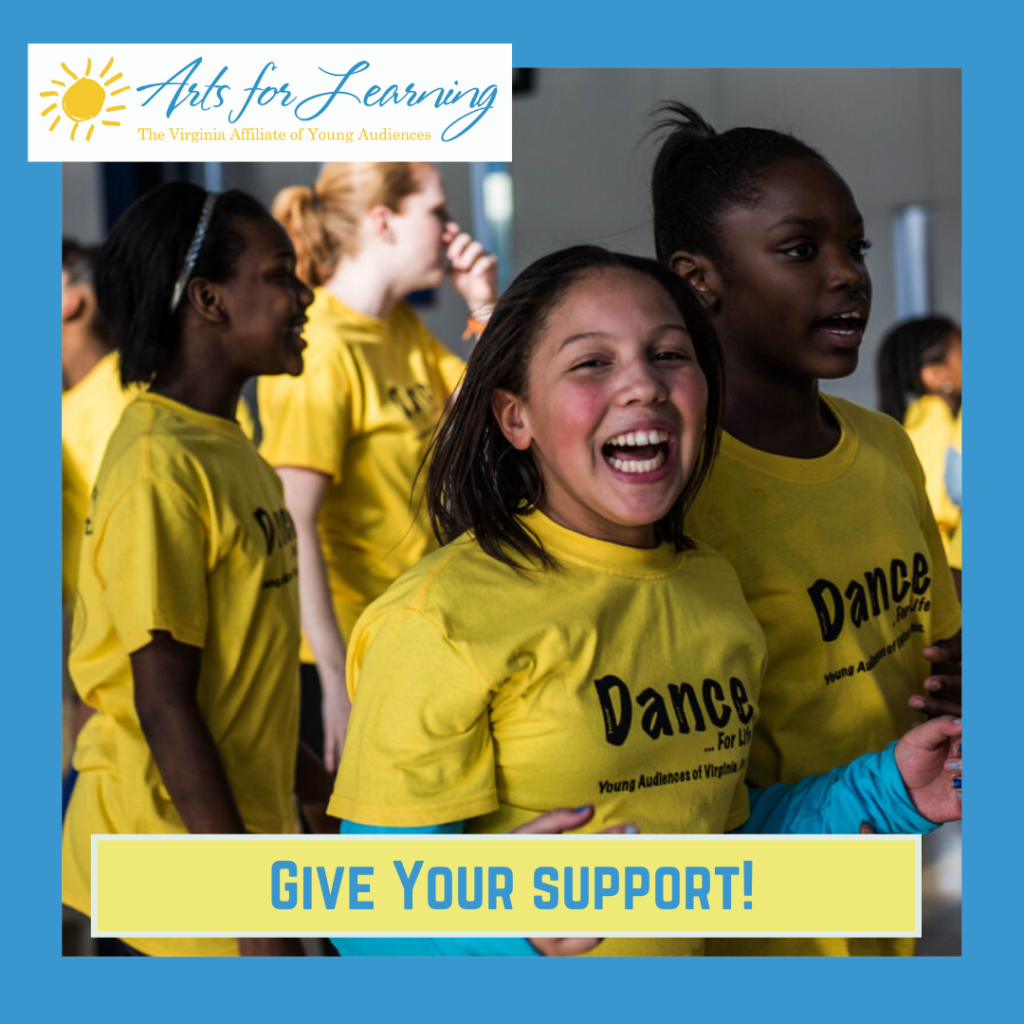 Thanks to a significant grant from the Virginia African American Cultural Center Inc. (VAACC), Arts for Learning (A4L) will present dozens of free performances and programs in Hampton Roads that highlight African American art and culture.
Thanks to a significant grant from the Virginia African American Cultural Center Inc. (VAACC), Arts for Learning (A4L) will present dozens of free performances and programs in Hampton Roads that highlight African American art and culture.
Using funds from a Virginia Tourism Corporation grant, VAACC approved a subgrant of $75,000 to partner with A4L starting this year and running through 2024. Under the partnership, the professional artists on A4L’s roster will present up to 50 performances and workshops that feature African American art and culture. The funding allows A4L to pay its artists professional fees for their work while giving children, teens, and families the opportunity to attend performances or workshops at no charge. Programs will be presented at various sites throughout south Hampton Roads and the Peninsula.
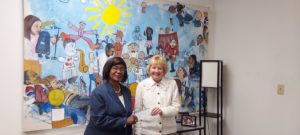 Arts for Learning’s CEO Christine Everly gladly accepted the first installment of the grant funds from Dr. Amelia Ross-Hammond, VAACC’s founder and chairman of the board of directors. Dr. Ross-Hammond is past president and director emeritus of Arts for Learning’s board of directors. (Dr. Ross-Hammond is was also elected to the Virginia Beach City Council, where she served from 2013 to 2017 and was installed on January 3. Congratulations!)
Arts for Learning’s CEO Christine Everly gladly accepted the first installment of the grant funds from Dr. Amelia Ross-Hammond, VAACC’s founder and chairman of the board of directors. Dr. Ross-Hammond is past president and director emeritus of Arts for Learning’s board of directors. (Dr. Ross-Hammond is was also elected to the Virginia Beach City Council, where she served from 2013 to 2017 and was installed on January 3. Congratulations!)
“This opportunity takes our partnership with VAACC to a whole new level,” Everly said. “We’re excited to be providing so many public performances for VAACC throughout Coastal Virginia.”
Arts for Learning’s performances are highly interactive presentations for students of all ages. Using their art forms as teaching tools, artists provide engaging content in a wide variety of art forms including music, dance, theater, literary, and visual arts. Arts for Learning’s hands-on workshops give participants the chance to work closely with a professional artist in a given art form.
Arts for Learning has already scheduled a number of performances with many more to come! Check out our Facebook events page for details and mark your calendar so you don’t miss these highly interactive presentations that will engage and inspire children, teens, and families: https://www.facebook.com/arts4learningVA/events

VAACC is a nonprofit organization dedicated to building a center where local residents and visitors can learn about the richness and diversity of the African American experience in Virginia. It will highlight the contributions and achievements of African Americans to the region.

